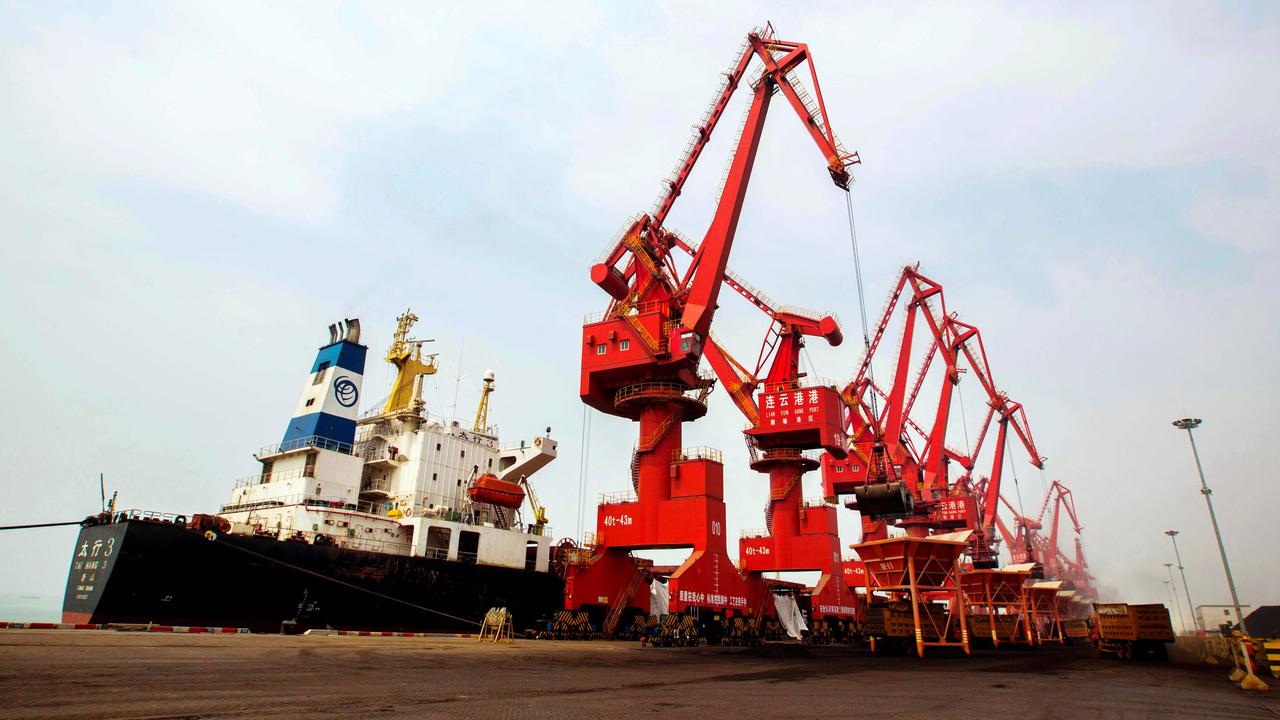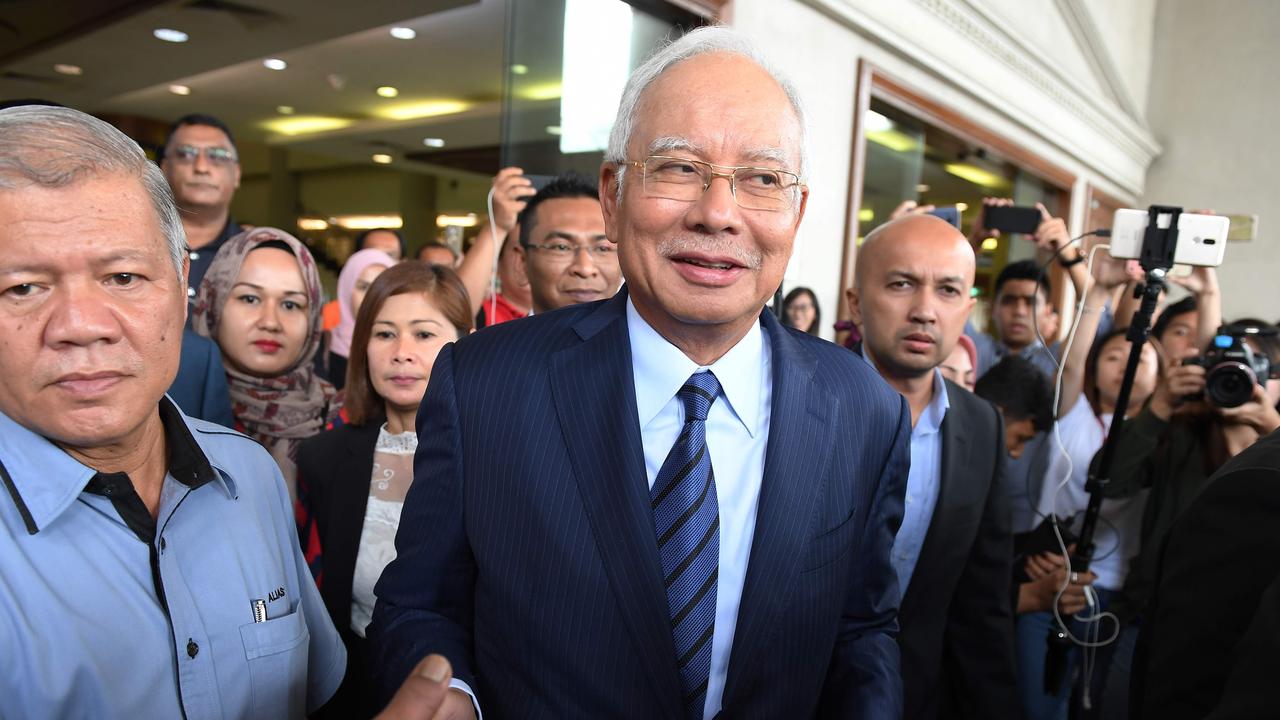Unlimited promise of great north
ONE of the most exciting yet underplayed prospects under the new government is realising the promise of northern Australia.
ONE of the most exciting yet underplayed - even, in urbane bien pensant circles, patronised - prospects under the new government is that of realising the promise of northern Australia.
This tropical area, which occupies 40 per cent of the country, is occupied by only 4 per cent of its population although its governance today is highly fragmented.
It is fabulously well located, though, close to the epicentre of the world's economy.
The likable and practically minded MP for Leichhardt, Warren Entsch, is to chair the white paper to be drafted on this theme, which has a deadline of a year.
A couple of days ago I participated in a forum on the region run by Advance Cairns and the Cairns Institute, whose theme was certainly to think big - but also to think smart.
There are certainly people who live in the north who are happy the way it is, and perhaps they'd be even happier to wind the clock back a decade or three. Some of them are comparative newcomers, including fugitives from the modern world.
There's room enough in those vast spaces for them to hide away still. But for the gen Y families, whom the new north needs to keep and attract, it's time to plan for a future with more and better options.
The internet has shrunk Geoffrey Blainey's tyranny of distance, as has Australia's comparative prosperity. But it still matters where you're located.
Neither Hong Kong nor Singapore would be the dynamo each has become if it weren't for geography. They are perfect springboards and meeting places for people in the most successful parts of the world today.
I recall a flight back to Melbourne from a visit to Europe, when the plane captain told the passengers that if they looked out the starboard side, they could see that we were approaching the Australian coast.
Immediately, as a natural reaction for Europeans where flights mostly comprise takeoffs and landings, they started standing up and fetching down their cabin bags, ready for our apparently imminent arrival. Then they sat with them perched awkwardly on their laps for a further five hours as we flew over our vast red continent.
Australia's north is that much closer to the happening places in our region.
Of course, location isn't everything, despite what real estate agents would have us believe. The greatest location in the world, in terms of economic connectivity, is an area bordering China and South Korea, and a brief flight from resurgent Japan.
This area is known as the Democratic People's Republic of Korea. Economically and socially it is a black hole, a vortex. While queuing to board a flight leaving Pyongyang one afternoon at 3pm - after we foreigners had been handed back our mobile phones, which must be surrendered on arrival in North Korea - it became clear that this was the last activity of the day, and the terminal lights were being switched off.
One can fly to Cairns from Hong Kong, Narita, Osaka, Auckland, Singapore, Guam, and Port Moresby and resource project strips in Papua New Guinea. A good start. But there could and should be other international connections - with Indonesia, for instance, and with southern China.
For East Asia's educated elite are becoming highly focused on enjoying clean, green places and consuming clean, green products.
And others who live in the tropical zone - heading towards half the whole world population - are eager for the kind of expertise that Australians have built for living in it, from growing and marketing crops to countering tropical diseases to constructing the types of buildings and roads with the best prospects of surviving testing tropical downpours and other challenging weather events.
Chinese tourists, only recently allowed to travel broadly, want to see places that are famous for cultural and historic reasons. They want to shop, chiefly for branded luxury items which are taxed heavily at home, and they want to experience environments perceived as exotic, especially with tropical climates. But it takes work to seize such opportunities. And it takes empathy and understanding of our potential economic partners, born of curiosity.
Our engagement with Asia and the Pacific must incorporate cultural understanding at its core. This may involve at the periphery knowing how to use chopsticks or how to present a business card and accept a receipt. But it's not about food. That is an embarrassingly limited perspective.
Visitors need to feel welcomed, they need to feel that those people who are seeking their patronage are making an effort to engage.
To build business connections with people from our neighbourhood, we need to understand where they're coming from, to visit their homes and observe their lifestyles. We might fly to the great southern Chinese city of Guangzhou to see what restaurants and stores people typically patronise, for instance, and benchmark ourselves against competitors in those home cities or domestic holiday places within Asia.
Investors, migrants and workers from overseas, as well as tourists, like to feel welcomed - and they like to feel they're getting a special deal, a bargain. This requires political leadership.
People in East Asia have a history of boosting their development through zones that offer tax breaks, serviced land, help in recruiting staff, and where it may be easier for people to gain visas to come for conferences and to make trips to examine investment opportunities.
Surely north Australia can contemplate successfully branding itself in a similar way - familiar to our Asian neighbours and thriving on international connectivity and networks.
Malcolm Buchanan, who describes himself as a retired banana farmer, was adjusting irrigation on a property through his smartphone while attending the forum, underlining the readiness of people in the region to seize chances for change. As Entsch said: "We've now got in our hands the greatest opportunity for this region in my lifetime."



